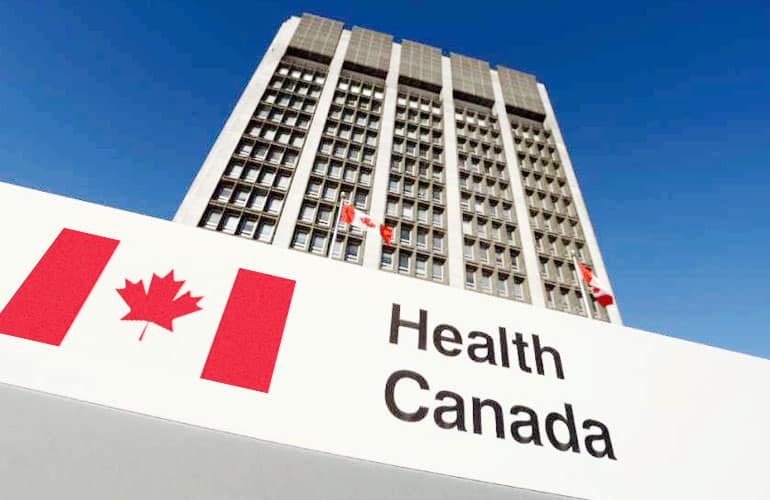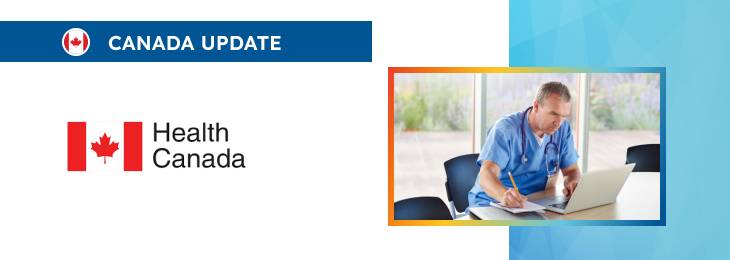The new article clarifies the recall procedure in the context of the roles and responsibilities of the parties involved.

Table of Contents
Health Canada, a country’s regulating authority in healthcare products, has published a guidance document dedicated to recalls.
The document provides an overview of the applicable regulatory requirements, as well as additional clarifications and recommendations to be taken into consideration by medical device manufacturers and other parties involved to ensure compliance with them.
The authority also reserves the right to change the guidance and recommendations provided therein, should such changes be reasonably necessary to reflect corresponding amendments to the underlying legislation.
Collaborative Responsibilities in Recall Actions
First of all, the authority emphasizes that to ensure the safety of patients in general, recall actions necessitate a unified effort among all stakeholders within the distribution chain of medical devices.
This collaborative network covers manufacturers, importers, distributors, retailers, and healthcare facilities and extends to the end-users and consumers.
The efficacy of such collaborations depends on each party’s understanding of their roles and responsibilities, clear documentation of expectations among entities, and the seamless exchange of recall-related information.
It is also important to mention that manufacturers often establish specific agreements with importers and distributors to streamline recall processes, such as access to distribution records or ensuring cooperation through contractual obligations.
Documenting Processes for Distribution Records and Recalls
By the applicable regulatory requirements, documenting processes for handling distribution records and conducting recalls is mandatory, whether electronically or on paper.
These written procedures should outline key activities, assign responsibilities, and detail the process flow from initiation to conclusion, including timelines and a standardized format for easy understanding and consistency.
Compliance with sections 52 to 56 of the MDR for maintaining distribution records is obligatory for all manufacturers, with additional attestation requirements for MDEL holders set forth under the relevant legislation.
Establishing Written Procedures
The core of managing recalls and distribution records effectively lies in the establishment’s ability to describe its procedures in writing.
These procedures must define the sequence of actions, delegate responsibilities, and describe the methodologies for initiating and executing recalls.
As stated by the authority, setting out clear timelines based on the risk level of the recall is vitally important, with a preference for swifter actions for higher-risk scenarios.
Appendix F of the present document provides detailed guidance on crafting these procedures.
Implementation of Documented Procedures
According to the guidance, upon initiation or receipt of a recall notification, the established written procedures should be the roadmap followed by all involved employees.
This includes performing all outlined steps, ensuring comprehensive training and understanding of responsibilities, and maintaining necessary records as proof of adherence.
Additionally, for aspects of the recall process delegated to third parties, documented quality agreements specifying roles and compliance assurances are the aspects to be considered as well.
Distribution Record Keeping
The authority acknowledges that maintaining distribution records varies significantly among manufacturers, importers, and distributors, tailored to their specific operational procedures.
However, irrespective of the particular approach followed, the records, which can be paper-based or electronic, must be stored securely to maintain integrity and allow for quick retrieval.
These records are vitally important for identifying the allocation of affected products during a recall, with manufacturers, importers, and distributors obligated to maintain detailed records for each device distributed.
Detailed Record Requirements
The MDR outlines specific requirements for distribution records, emphasizing the need for comprehensive information to facilitate rapid product withdrawals. The details captured in these records range from customer and device specifics to the logistics of distribution, ensuring traceability and accountability at every step.
For manufacturers of implants, additional information from healthcare facilities regarding implant registrations must be incorporated and updated in the distribution records as per sections 54 and 67 of the MDR.
Retention and Retrieval of Records
The MDR prescribes the retention of distribution records for the longer duration between the device’s projected useful life and two years post-shipment. Establishments must specify the retention period in their procedures, considering the nature of the devices distributed.
Additionally, the maintenance of records should facilitate timely access, generally within one to two business days, underscoring the importance of efficient record management systems.
Conclusion
In summary, the present Health Canada guidance describes in detail the regulatory requirements related to record-keeping in the context of medical device recalls. The document additionally emphasizes the importance of creating documented procedures outlining step-by-step processes to be followed in case of a recall initiated.
How Can RegDesk Help?
RegDesk is a holistic Regulatory Information Management System that provides medical device and pharma companies with regulatory intelligence for over 120 markets worldwide. It can help you prepare and publish global applications, manage standards, run change assessments, and obtain real-time alerts on regulatory changes through a centralized platform. Our clients also have access to our network of over 4000 compliance experts worldwide to obtain verification on critical questions. Global expansion has never been this simple.


